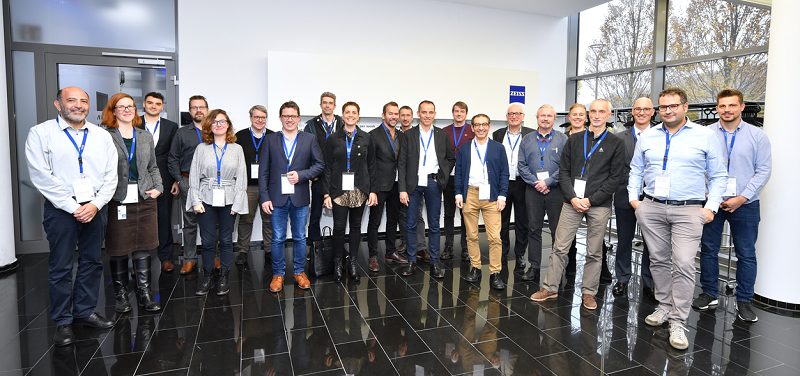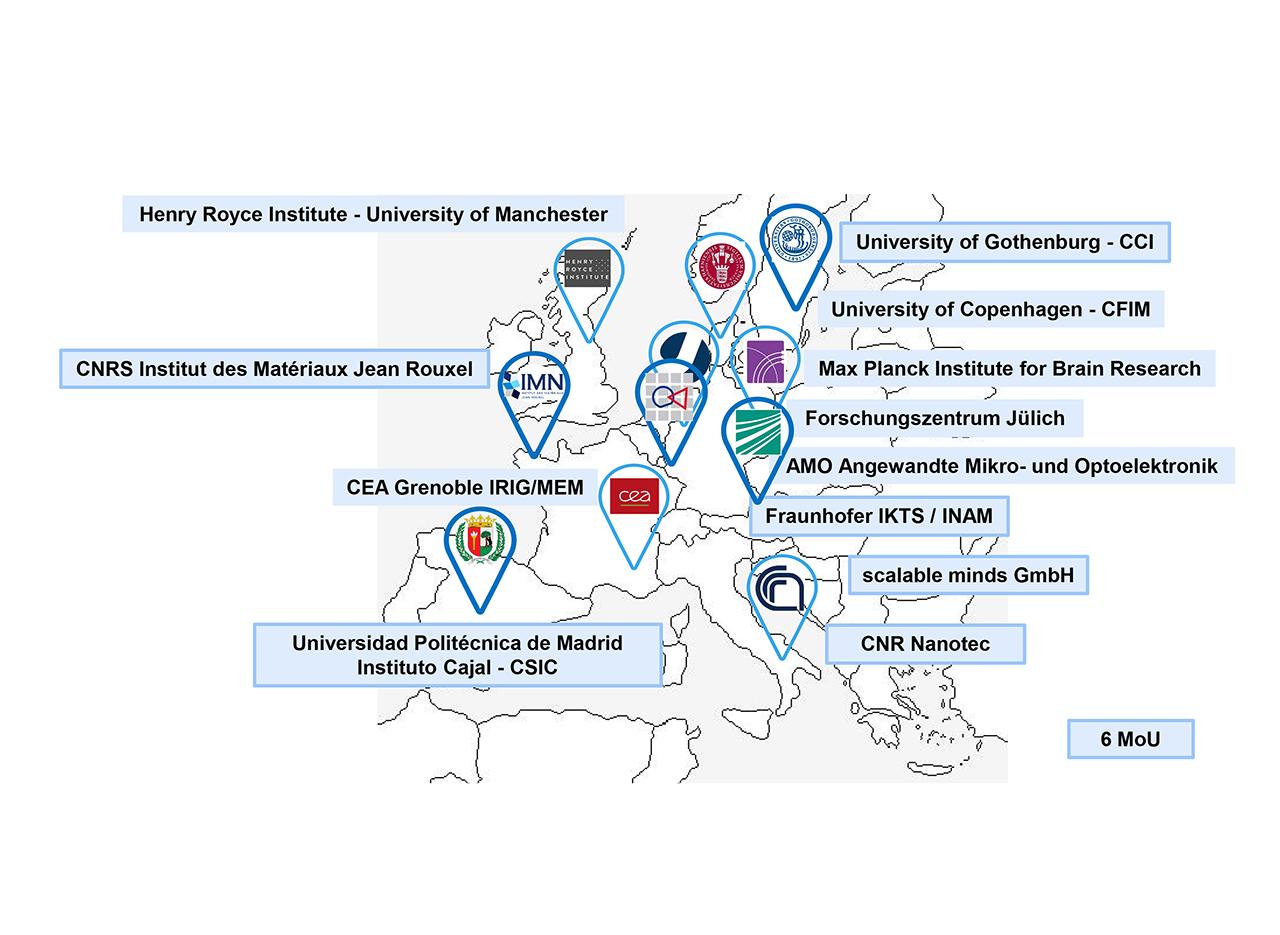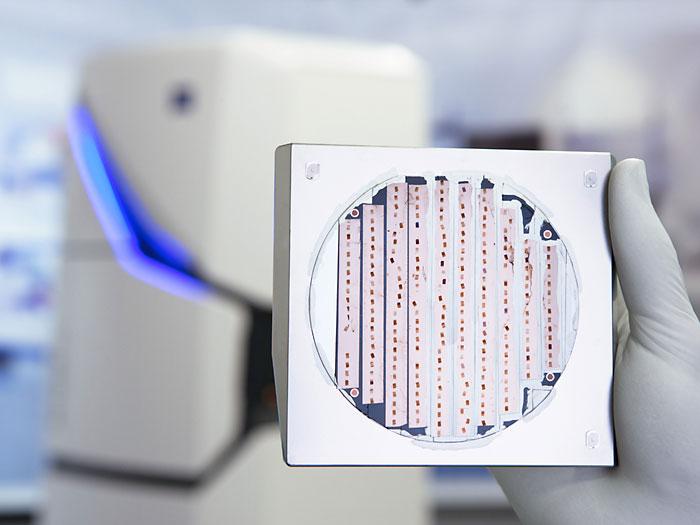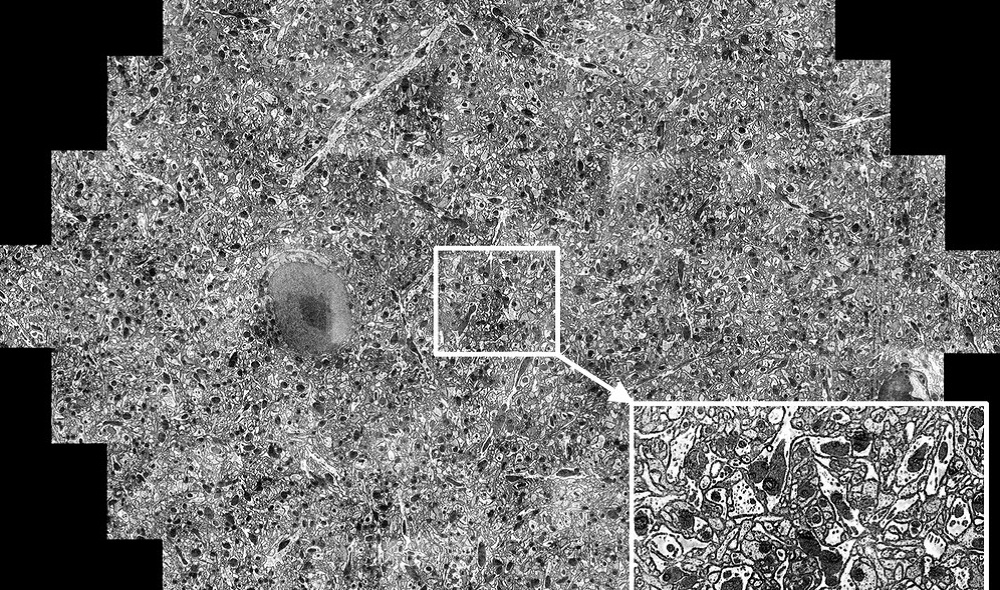From 2025, NanoWorldMaps will offer the opportunity to conduct electron microscopy examinations using the MultiSEM (mSEM) from Zeiss Microscopy.
The mSEM operates with 91 parallel electron beams, enabling fast and high-resolution imaging of macroscopic objects at the nanometer scale. This groundbreaking technology is ideally suited for examining chips, nanomachines, organ samples, or brain tissue.
NanoWorldMaps enables ultra-fast and large-scale nano-2D/3D imaging for materials and life scientists
About NanoWorldMaps
NanoWorldMaps is working to lead the revolution in multimodal high-throughput imaging at the nanometer scale. NanoWorldMaps will become a distributed European research infrastructure to offer cutting-edge technologies such as Multi-Beam Scanning Electron Microscopy (MultiSEM) as a service. NanoWorldMaps services focus on the needs of scientists from academia and industry in a growing list of strategic application areas.




